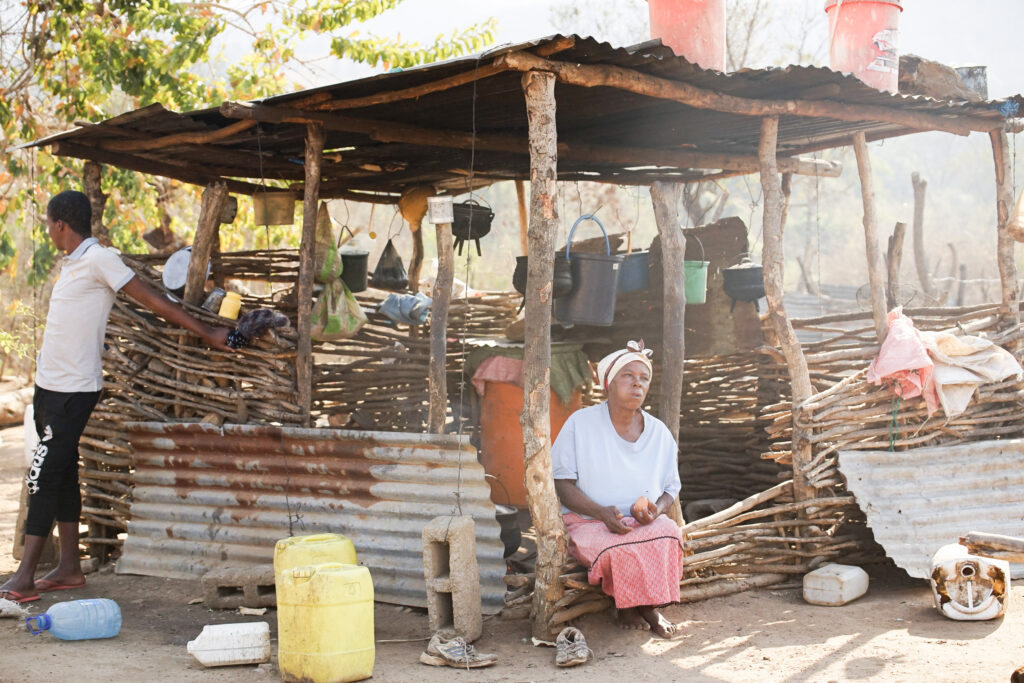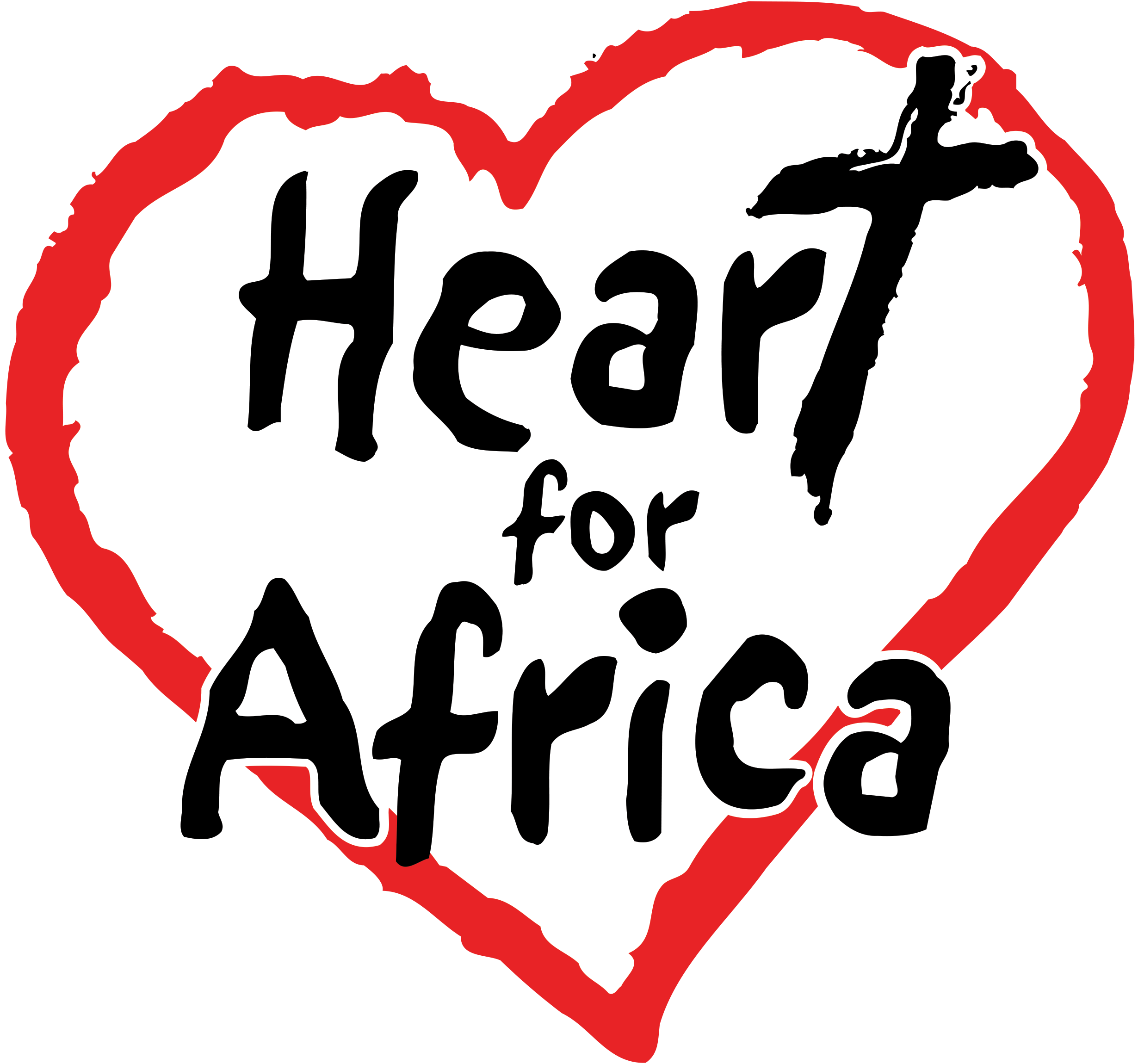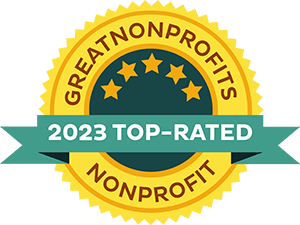Breaking the Cycle of Poverty

Research shows that in 1990, around 1.89 billion people lived in extreme poverty. According to the World Bank, that means 36 percent of the world population lived on $1 or less. Without the proper resources and help, people in need have no way of breaking the cycle of poverty.
If you’ve grown up in a home with financial security, this cycle may be a foreign concept, but it’s impacting the entire world. Every country is looking for ways to break this pattern, and many government officials have taken the correct steps to do so.
For the last 25 years, countries have steadily decreased the number of people living in extreme poverty. However, after tumultuous events in 2020, research suggests that the efforts to break the cycle of poverty have suffered and that extreme poverty will increase.
What is the cycle of poverty?
Breaking the cycle of poverty and decreasing the number of people in this cycle requires everyone’s help. But if you want to play a part, it’s essential to understand everything about this cycle.
In simple terms, the cycle of poverty stems from a lack of resources. It starts when a child is born into a family that doesn’t have the financial means to provide any opportunities. As a result, the child enters adulthood in the same impoverished circumstances that they grew up in, and the cycle continues when they have children.
While difficult for everyone involved, the cycle of poverty is especially challenging for kids. They’re completely dependent on their parents or guardians, so they have no way of breaking the cycle of poverty by pulling themselves up by the bootstraps.
In fact, children who get stuck in this cycle typically encounter a few difficulties, including the following:
- Malnutrition
- No access to education
- Poor health care
- Illness because of poor sanitation and unsafe water
Battling these factors makes the cycle of poverty even more discouraging, leading some to believe that it’s impossible to break. And this mindset is especially common in poorer countries.
How the cycle of poverty is impacting Eswatini
In some places, the cycle of poverty is very prevalent. In Eswatini, for example, many Swazis grow up in extreme poverty. Even worse, the country doesn’t have the resources to break this disastrous cycle.
While the government is trying, job opportunities are hard to find. Investopedia suggests that the unemployment rate in Eswatini is among the highest in the world. In 2019, the kingdom’s unemployment rate was at 26.5 percent.
To make ends meet, most Swazis live in rural communities where they farm for a living. However, because of unpredictable weather conditions, frequent droughts, and poor agriculture technology, farming isn’t a reliable source of income.
That’s part of the reason why 58.9 percent of the rural population lives below the national line. The World Food Programme even suggests that these Swazis live on less than US$1.90 per day.
Swazi children who grow up in these impoverished circumstances typically don’t go to school. While primary education is free in Eswatini, secondary schooling costs money. And because most Swazi adults don’t have enough financial resources, their children have to drop out.
Without schooling, though, kids don’t have the opportunity to get the few jobs available in Eswatini, keeping them in the cycle of poverty that they’ve always known. A recent study also suggests that the Swazi youth are discouraged and hopeless because of the lack of opportunities.
Many young adults in Eswatini struggle with mental health issues, drug abuse, and alcohol addictions because they feel stuck and have no way of realizing their dreams. And when they have children, those kids either grow up in the same destructive cycle of poverty. Or, their parents abandon them because they don’t have the money to care for them properly.
Breaking the cycle of poverty in Eswatini
Heart for Africa’s mission of HOPE includes addressing the issue of poverty in this tiny Kingdom and providing ways to break its destructive cycle.
One way we are addressing the issue is education. Breaking the cycle of poverty requires an attention to education. Children need proper schooling because it’ll open doors that are usually locked—and a study that started in 1962 proves this point.
For the study, 58 African-American children between the ages of three and four enrolled in Perry preschool in Ypsilanti, Michigan. These children all came from low-income families and were at risk of staying in the cycle of poverty.
But throughout the study, researchers who tracked the children found that access to education at an early age shaped their lives. The children were more likely to graduate from high school and attend college than applicants who weren’t chosen for the study. Even better, as adults, they had good jobs and owned a car and home. Few of them smoked, drank, used drugs, or received welfare.
These findings prove how vital education is in breaking the cycle of poverty. And that’s why Heart for Africa is helping Swazi children in Eswatini gain access to better education. On 2,500 acres of land, we have several children’s homes and a school called Project Canaan Academy.

It’s here that Swazi boys and girls receive a quality education that empowers them to become the future leaders in Eswatini. The school has everything from music class to art class to P.E. And of course, it also has the necessities like math, language arts, science, and history.
The children who go to Project Canaan Academy are getting an experience that was once unavailable. Their parents had little to no financial resources to provide for them. But we have brought these once orphaned and vulnerable children into our family and have taken every step to guarantee they receive an excellent education.
Providing employment

Employment is such a critical part of our strategy at Project Canaan and is the focus of our poverty initiative. Through our Farm, Khutsala™ Artisans, Lusito Mechanics, Kufundza Carpentry and caregivers for our children, we employ more than 300 people and our plan is to continue hiring as our programs grow. Government statistics tell us that each person employed in the country is providing for an average of 13 people in the homesteads. If this is correct, then we are helping, through employment, to provide for almost 4,000 people.
A lot of ministries like ours depend on foreign volunteers. We have a different philosophy about this, because as the old adage says, we want to teach a man to fish, rather than just give him fish. People living in poverty have no way to reach even the bottom rung of the ladder to prosperity, because it is just too high. However, if they work, they can experience pride, dignity, joy and hope.


